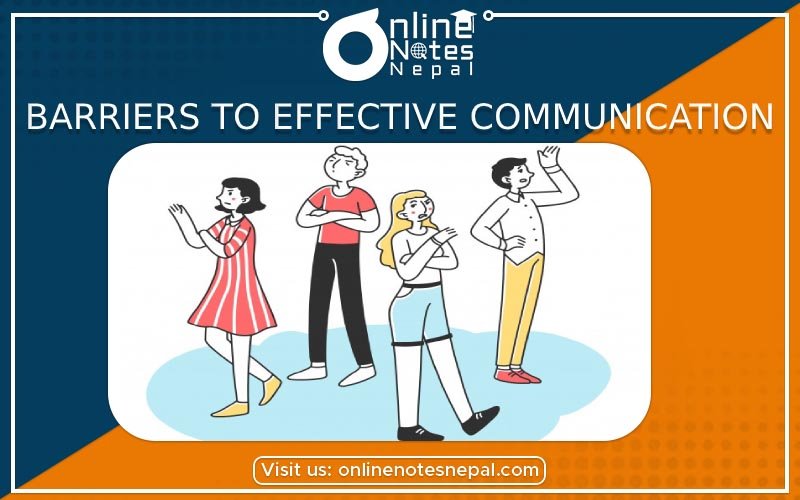Published by: sadikshya
Published date: 01 Jun 2021

There are many barriers to communication and these may occur at any stage in the communication process. Barriers may lead to your message becoming distorted and you, therefore, risk wasting both time and/or money by causing confusion and misunderstanding. Effective communication involves overcoming these barriers and conveying a clear and concise message. There are many reasons why interpersonal communications may fail. In many communications, the message (what is said) may not be received exactly the way the sender intended. It is, therefore, important that the communicator seeks feedback to check that their message is clearly understood. The ability for a company to recognize the communication issues and come to a resolution can drastically improve working conditions, sales, and organizational culture.
Let’s look at communication barriers through examples at Paint Your Face Cosmetic Company.
1. The use of jargon
Over-complicated, unfamiliar, and/or technical terms.
2. Emotional barriers and taboos
Some people may find it difficult to express their emotions and some topics may be completely ‘off-limits’ or taboo. Taboo or difficult topics may include but are not limited to, politics, religion, disabilities (mental and physical), sexuality and sex, racism, and any opinion that may be seen as unpopular.
3. Lack of attention, interest, distractions, or irrelevance to the receiver
4. Differences in perception and viewpoint.
5. Physical disabilities such as hearing problems or speech difficulties.
6. Physical barriers to non-verbal communication
Not being able to see the non-verbal cues, gestures, posture, and general body language can make communication less effective. Phone calls, text messages, and other communication methods that rely on technology are often less effective than face-to-face communication.
7. Language differences and the difficulty in understanding unfamiliar accents.
8. Expectations and prejudices which may lead to false assumptions or stereotyping
People often hear what they expect to hear rather than what is actually said and jump to incorrect conclusions. Our page The Ladder of Inference explains this in more detail.
9. Cultural differences
The norms of social interaction vary greatly in different cultures, as do the way in which emotions are expressed.